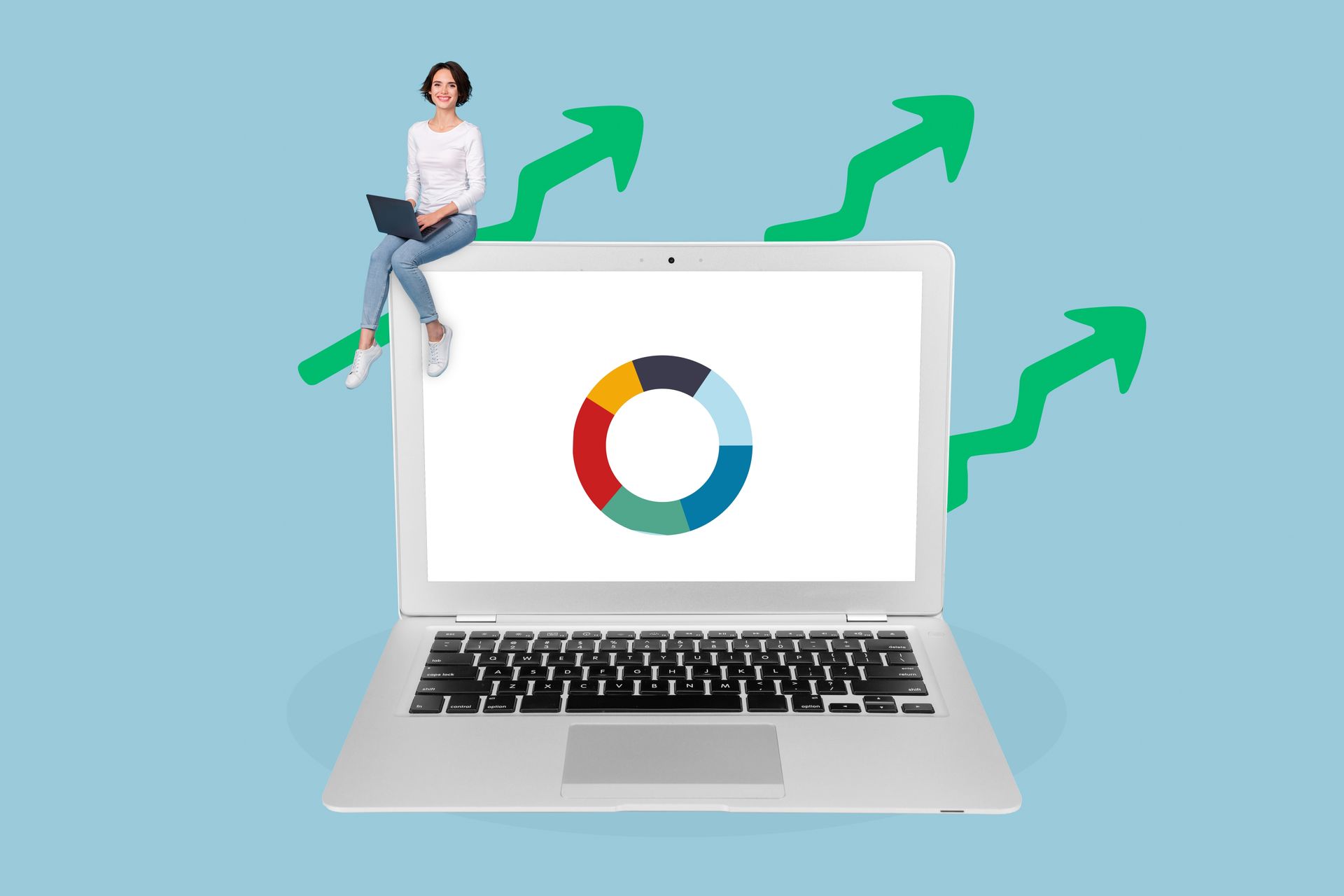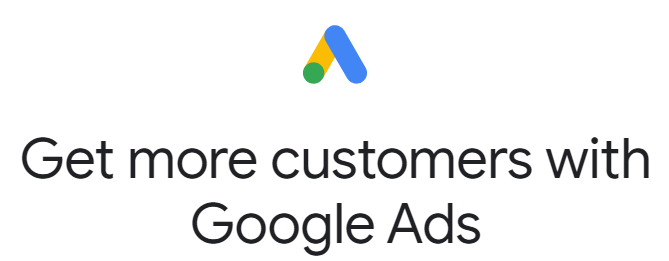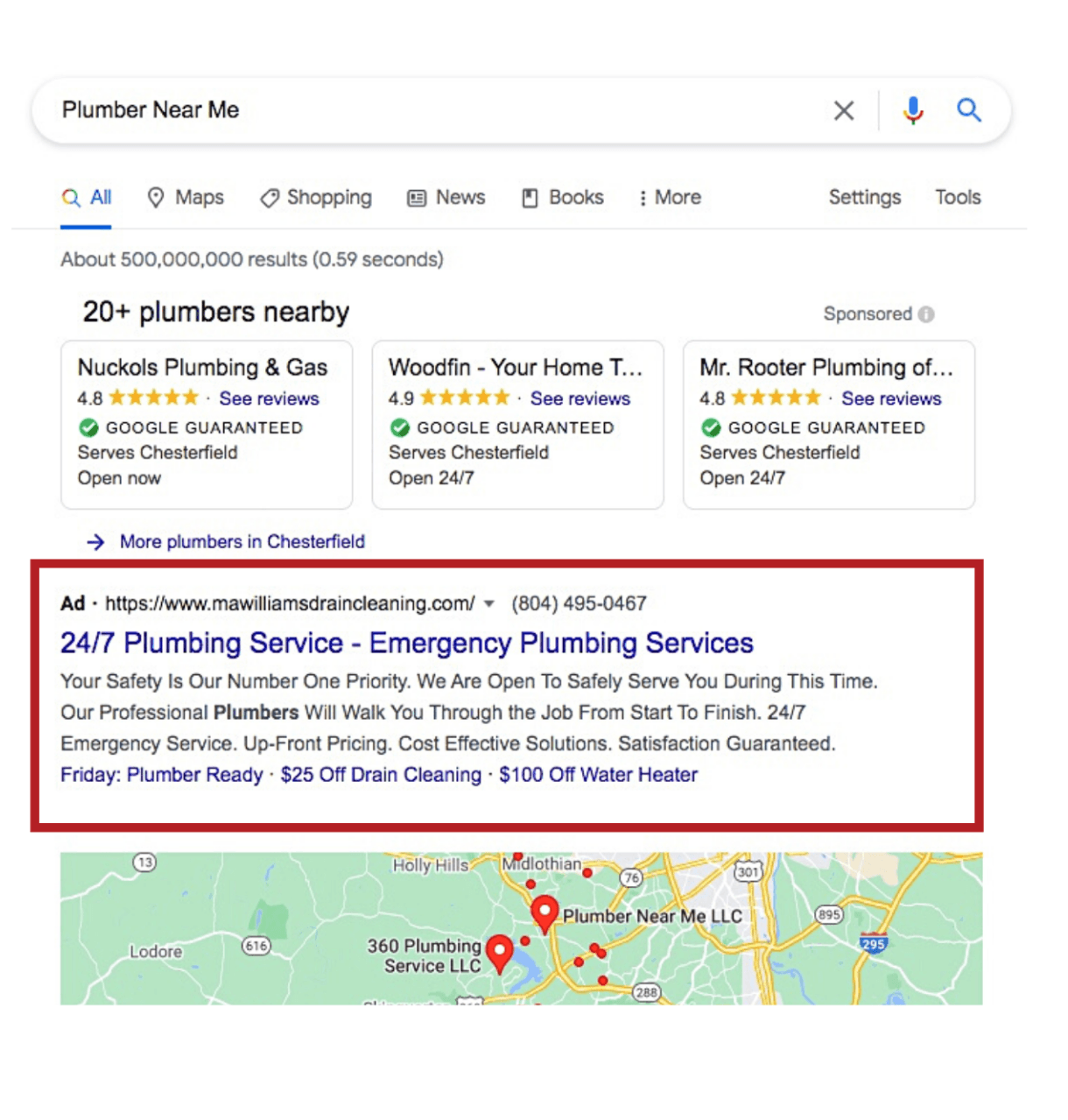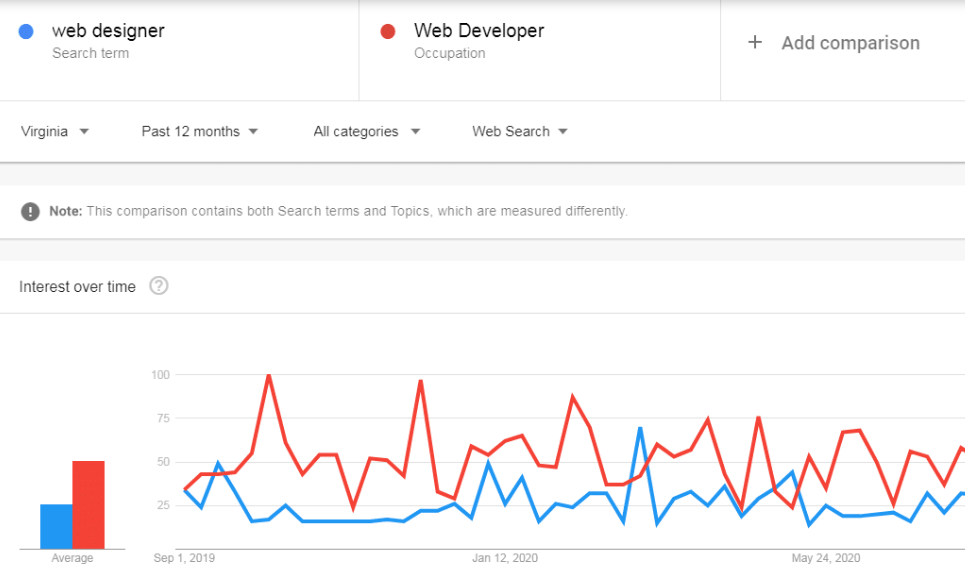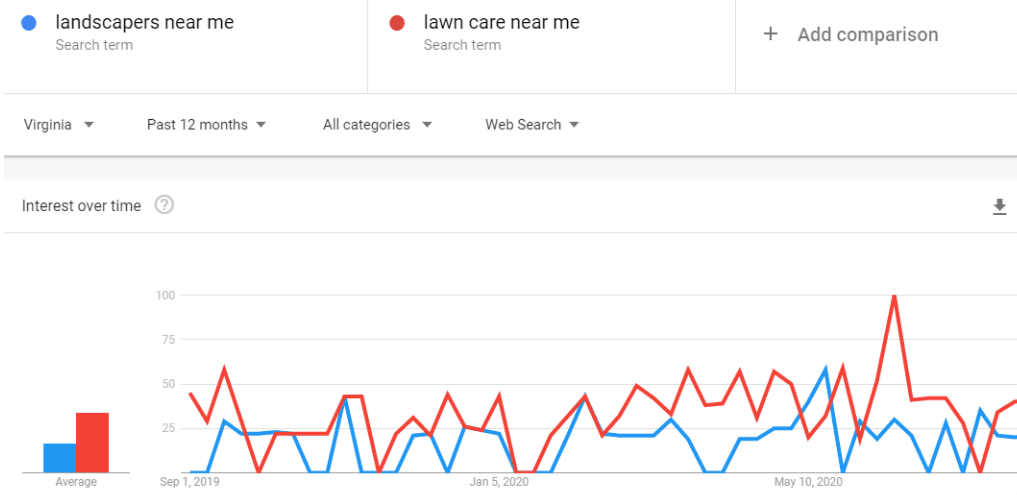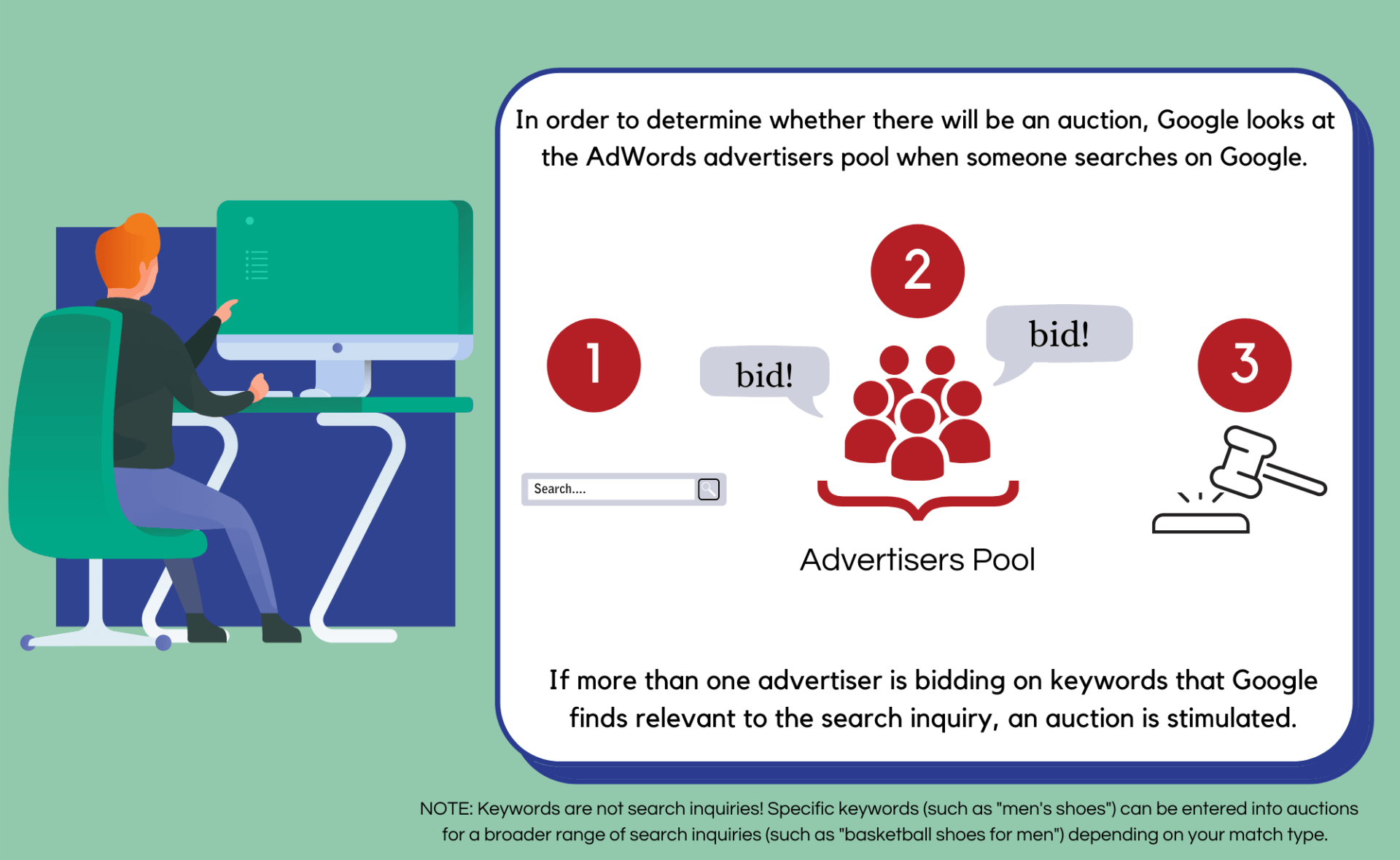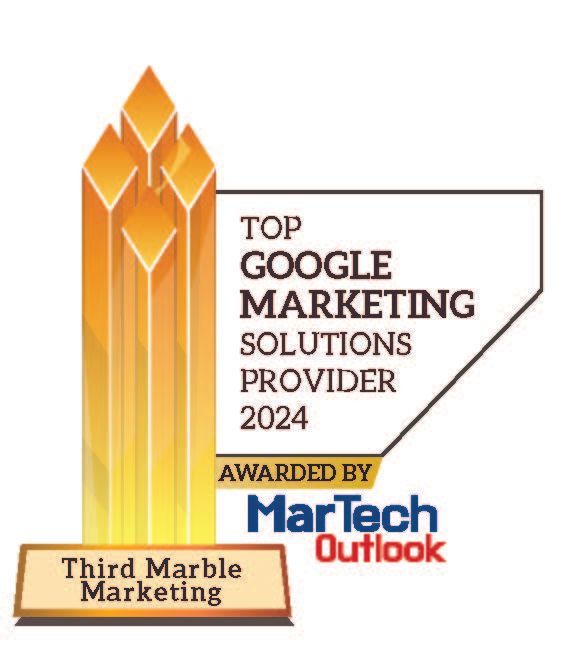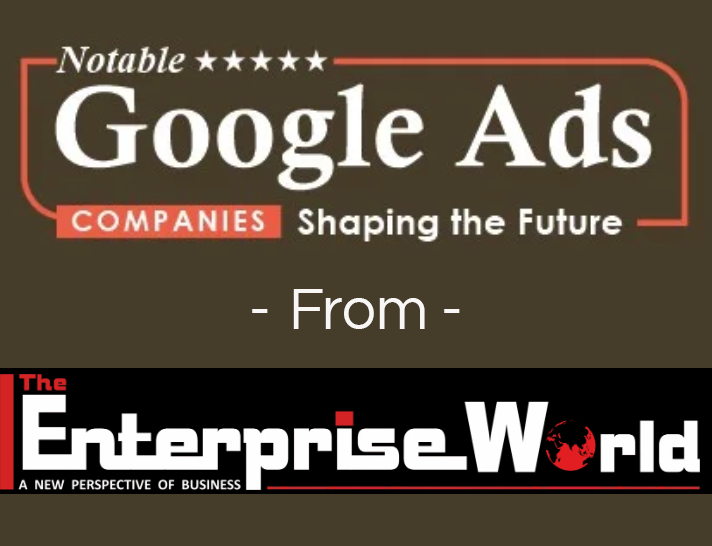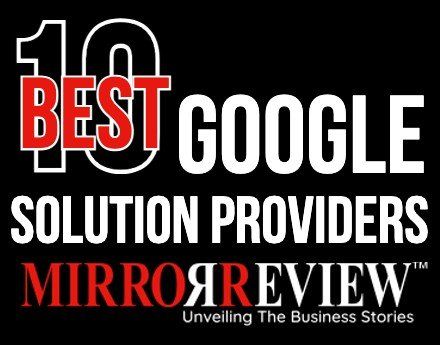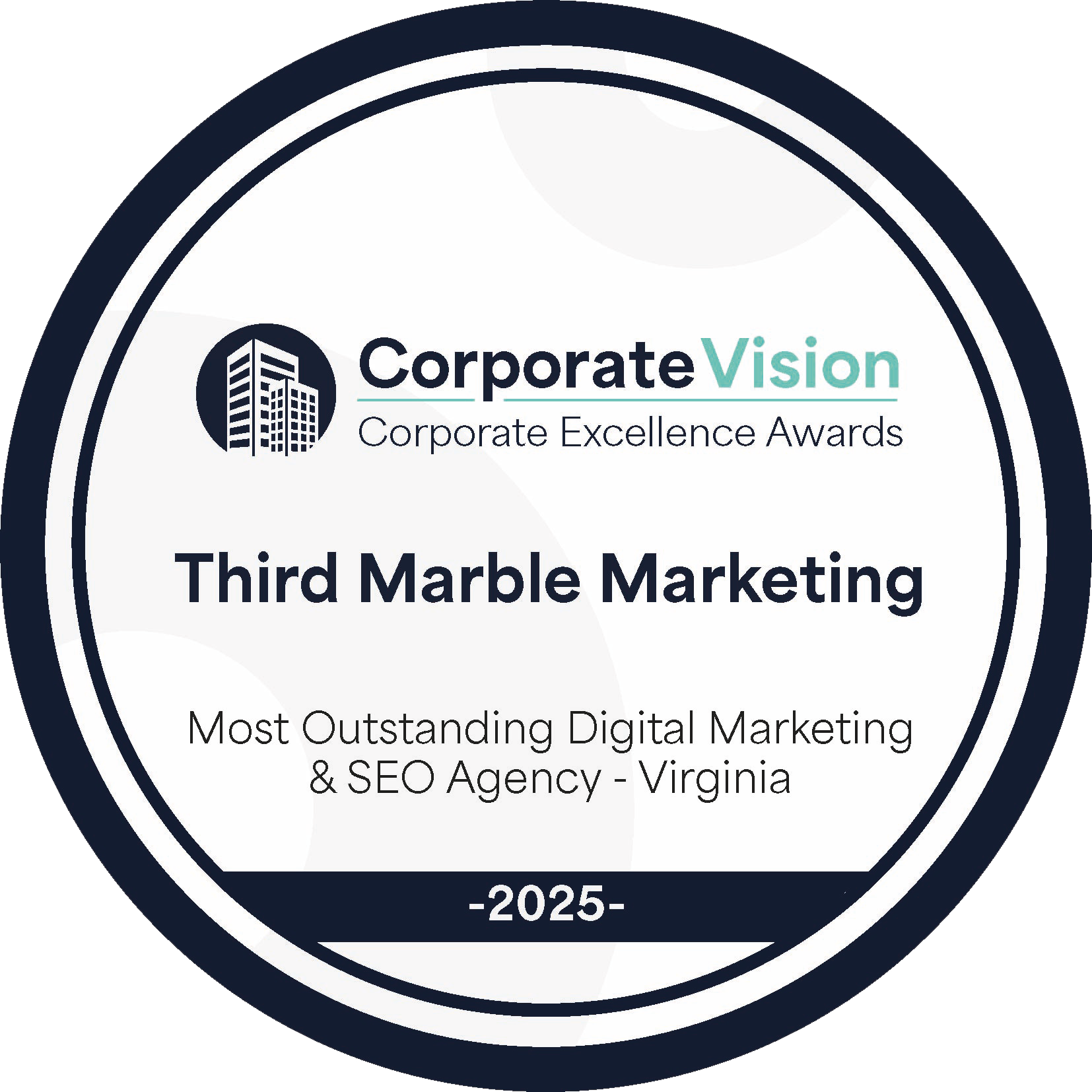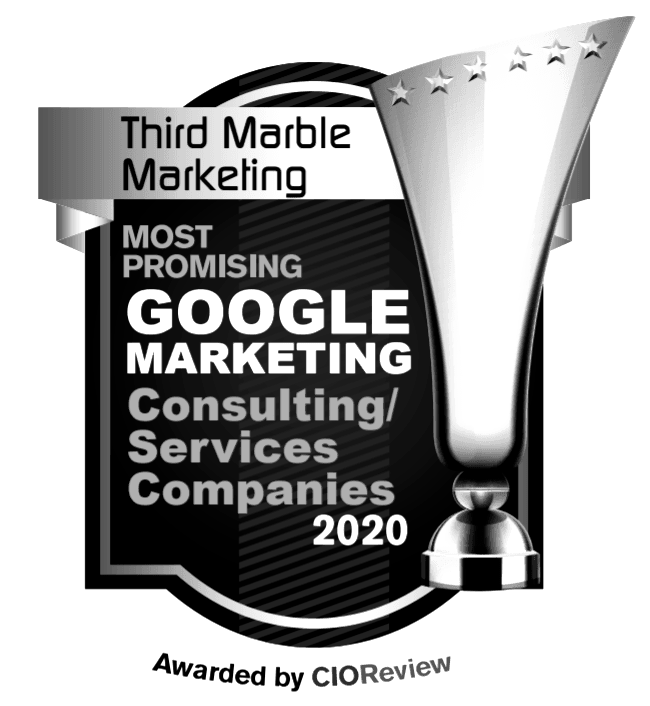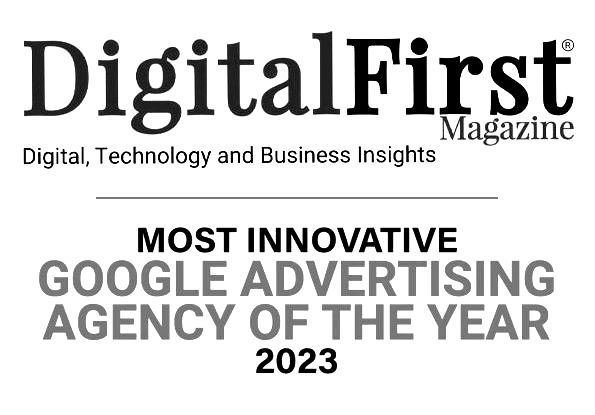Google Ads Pricing – PAY-PER-CLICK
How Much Does a Click Cost? … It Depends!
OK … the title of this article captured your attention … only to find out that there is no one-size-fits-all answer to the question of Google Ads pricing which then determines your cost. Stay with us and all will quickly become clear, plus you’ll learn how to budget and manage your Google Ads campaigns.
You are either a current Google Ads customer or considering a “toe-in-the-water”. There’s plenty of valuable nuggets for both business owner/manager profiles, so be sure to read on. As a “teaser” … Google claims the average Google Ads advertiser reaps an ROI of two dollars for every dollar invested. That’s potentially a double-your-money impact on your business!
Note: If you’re running your own Google Ads, consider our
FREE Google Ads Audit.
What Is Google Ads?
Google Ads is Google’s pay-per-click advertising platform. As an advertiser, you can create advertisements and determine how much you’re willing to pay every time an internet seeker for your offerings clicks on your ad.
Since the scope of this article is Google Ads pricing, the operative words to focus on are “pay-per-click”. The “click” refers to when a Google searcher clicks on your ad and visits your website.
Note: You only pay when your ad triggers a visit to your website.
The price of each click is determined by an auction process based on keywords and phrases featured in your ad. Many companies bidding for the same phrase drives the cost per click up … with the opposite effect when only a few companies bid.
Google’s auction system reflects real-time pricing, so depending on the amount of bidding activity your cost per click may vary virtually moment to moment. When your bid for a keyword is higher than other advertisers, you win … your ad will appear at the top of the search results and look similar to this.
Important! You’re the boss when it comes to budget! You can set daily, monthly and campaign budget limits.
Now a word about
Strategy. Ultimately, the effectiveness of your pay-per-click advertising will be driven by your strategic plan to achieve your advertising objectives. To use an aeronautical metaphor, your attention must be to ensure all your advertising aircraft are flying in formation.
You’ll have a
good strategy when you coordinate:
- Targeted set of keywords and phrases;
- Well-written ads
- Functional, up-to-date website.
Any disconnect in these three critical factors will negatively affect your Google Ads ROI.
More on all of this in a bit.
The 6 Drivers of Google Ads Pricing
There are 5 Drivers that will determine your experience with both Google Ads pricing as well as the effectiveness of your pay-per-click advertising. Here’s a list of the Drivers … followed by more definition of each.
- Industry
- For Local Businesses - Location
- Customer Lifecycle
- Current Trends
- Keywords
- Google Ads Auction
Industry
Your industry is the primary factor that will determine your Google Ads cost. Industries with advertisers that are highly competitive in choosing keywords will drive up the cost per click for all advertisers. Depending on your industry, location, and competition, keywords can cost as low as a few cents … or as much as a couple hundred dollars.
Among the most competitive industries are law, accounting, insurance and finance. While some keywords may cost $100 or more per click, the conversion rate of website visitors to customers is dramatic … with significant generation of revenue. In contrast, less competitive industries will cost less and generate substantially less income for each new customer.
So, if your industry is one requiring you to compete for high value keywords, you’ll spend more per click … and likely be rewarded with the potential for an impressive ROI.
Take a look at cost-per-click (CPC) industry differences during 2020.
Average Google Ads CPCs by industry (search only, excludes display and YouTube ads):
Compare the average CPC for the top 3:
- Insurance: $18.57
- Online education: $14.04
- Marketing and advertising: $7.40
With the bottom 3:
- Pharmaceuticals: $1.24
- Fashion retail: $1.19
- Electronics: $0.83
The differences reflect the industry level of competitiveness and financial payoff of conversions.
For Local Businesses – Location
Local Businesses are those seeking to attract prime customers within a reasonable driving distance of their company’s location, say 20 miles. That commercial focus on a concentrated geographical location may prompt variations in the per-click cost of Google Ads. Consider two scenarios.
In an ideal world, your business would be the only one of its kind in your preferred marketplace. Given that unlikely scenario, you may be the only Google Ads advertiser of your product/service offerings. So, in the absence of competitive advertisers, you would enjoy very affordable cost-per-clicks.
Now for a more realistic scenario … say your world is populated with 100 competitors all advertising within 10 miles of your site. Those circumstances are likely to trigger fierce competition for your choices in keywords. And just as in the
Industry competition discussed above, your cost-per-click trajectory will be driven skyward … often with significant velocity.
Click here to learn how Local Businesses can effectively compete in a crowded marketplace.
Customer Lifecycle
An important revelation from the industry analysis above is the nature of the lifecycle of your customer. Said another way, the bigger ticket sales usually require a longer decision-making process. That means you must remain top-of-mind to ensure that you are the vendor of choice when a buying decision is to be made.
Be prepared to expect multiple visits to your website, downloading information, participation in a webinar or requesting an online chat. This underscores the importance of your strategic plan.
You’ll have a
good strategy when you coordinate:
- Targeted set of keywords and phrases;
- Well-written ads
- Functional, up-to-date website.
Any disconnect in these three critical factors will negatively affect your Google Ads ROI.
Current Trends
Professional marketers agree, “The More Things Change … The More They Keep Changing”! And that’s particularly critical when it comes to staying on top of the keyword searches most likely to drive traffic and deliver qualified buyers to your website.
Google offers a
free tool that takes the guesswork out of determining regional differences in phrase preference, as well as keywords that are growing in popularity. You can view whether a trend is on the rise or declining. You can also find demographic insights, related topics, and related queries to help you better understand the search trends.
An added plus is your ability to compare how keyword volume may fluctuate over a given timeframe … a measure of the search term’s competitiveness. That is particularly valuable to discover event-triggered spikes like seasonality of demand … as well as unpredictable changes in consumer behavior driven by such things as the current pandemic.
Understanding and mastering its use will add significant power to you maintaining and increasing your visibility when the buying public searches for what you deliver.
Keywords
Google Ads pricing is primarily influenced by your commercial offering coupled with industry competition for your preferred keywords. Overall, the average Google Ads CPC is $1 to $2. However, as discussed above, in highly competitive markets clicks bear a “sportier” price tag. Take a look at this visual representation of the most expensive keywords in Google Ads.
Here’s a list ranking the most expensive keyword categories in Google Ads, and the average cost-per-click of each. It’s worth noting that these are keyword categories, not actual keywords themselves—in some cases, the CPCs of keywords within each category may be higher than the averages stated:
- Insurance - $54.91
- Loans - $44.28
- Mortgage - $47.12
- Attorney - $47.07
- Credit - $36.06
- Lawyer - $42.51
- Donate - $42.02
- Degree - $40.61
- Hosting - $31.91
- Claim - $45.51
- Conference call - $42.05
- Trading - $33.19
- Software - $35.29
- Recovery - $42.03
- Transfer - $29.86
Take a look at the following two examples of the power in knowing what keyword is likely to deliver superior results …
web developer over
web designer …
lawn care near
me trumps
landscapers near me.
OK … now for a more in-depth look … first click here … then read and follow-up by clicking here.
Google Ads Auction
OK … this is not actually how a Google Ads auction is conducted, but worth a 2-minute break from learning about Google Ads pricing and cost per click.
Now back to work! As the word “auction” implies, Google Ads functions essentially like an in-person auction. Here’s a summary of the process.
When an internet searcher types a word or phrase into the Google search bar, Google automatically reviews the entry to see if the query includes keywords. If “yes”, it checks to see if Google Ads advertisers are actively bidding on one or more of the keywords. The presence of competing bidders will initiate the ad auction.
The next step is a calculation by Google that rank-orders the contending ads to fix the Ad Rank of each. That will determine if and at what level your ad will be placed on the paid results page. See the graphic below for the calculation that governs your Ad Rank position.
Based on your Quality Score and Ad Rand, Google determines how much you’ll pay each time someone clicks on one of your ads. Hang in for one more calculation routine.
Interesting to Note: In this instance Advertiser 1 pays less than Advertiser 4 plus enjoys a higher Ad Rank position due to a superior Quality Score. Thanks to the Google Ads auction algorithm, small-budget businesses may advertise just as effectively on Google as deep-pockets companies.
Without “getting into the weeds”, several other variables have some impact on your Ad Rank and ad spend. That said, your CPC Bid and Quality Score are the primary drivers.
TAKEAWAYS
Here are the key points to keep in mind:
- Google Ads Pricing fluctuates from industry to industry.
- There are 5 Drivers of Google Ads Pricing: 1) Industry, 2) Customer Lifecycle, 3) Current Trends, 4) Keywords, 5) Google Ads Auction.
- Choice of keywords are critical to maximize your ROI.
Next Steps
Clearly, you must at least consider Google Ads as a cornerstone of your marketing spend. It’s a proven platform for businesses of any size and scope encompassing virtually all industry groups. Google claims the average Google Ads advertiser reaps an ROI of two dollars for every dollar invested. That’s a double-your-money impact on your business!
There are credible reports of multiples of this level of profitability … so what’s not to like? Worst case you may have to test your ad content to fine-tune a successful campaign. That said,
remember, you’re the boss when it comes to budget! You can set daily, monthly and campaign budget limits.
What Will You Do?
Now your choices are do-it-yourself or invest in third-party expertise with a proven track-record of success. When it comes to DIY, it’s likely you are already wearing several hats as a business owner … adding yet another marketing responsibility is probably not a workable option.
Having read this far, you are either a current Google Ads customer or considering “testing the waters”.
If you’re running your own Google Ads, consider our FREE
Google Ads Audit
Third Marble Marketing - Google Ads & SEO Tips, Tricks and Case Studies







